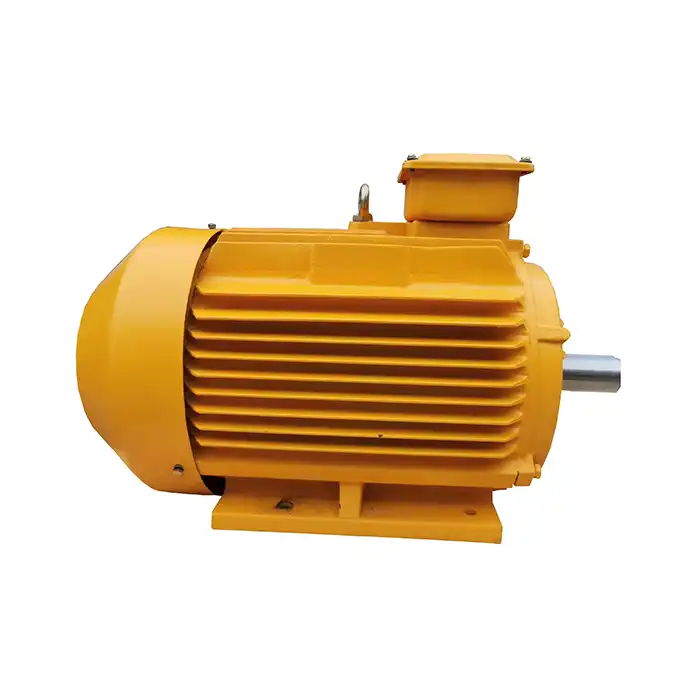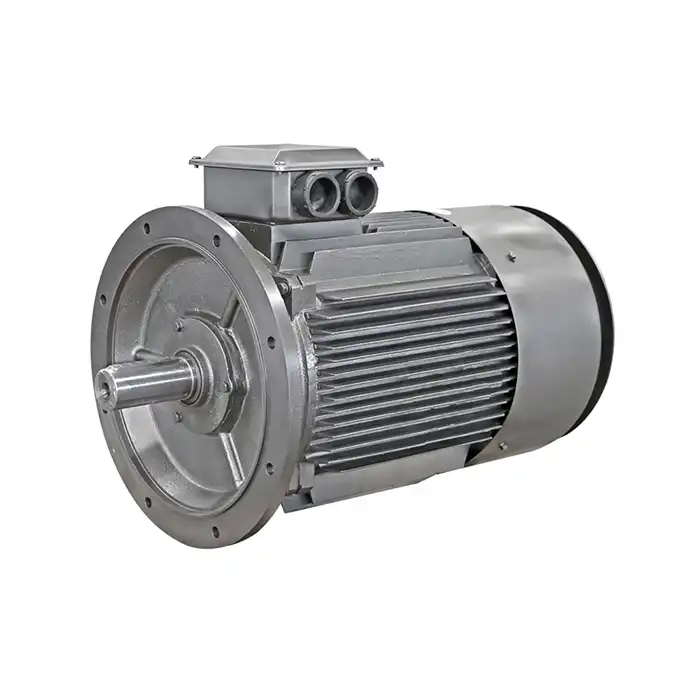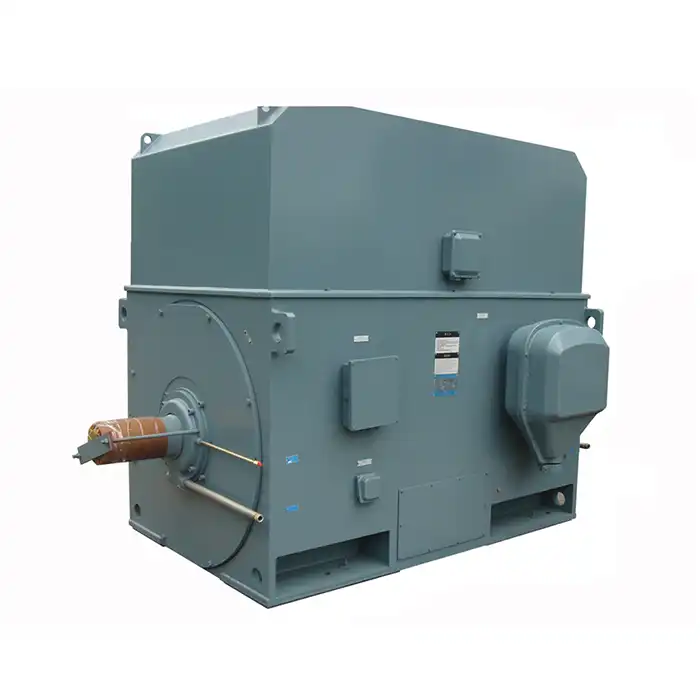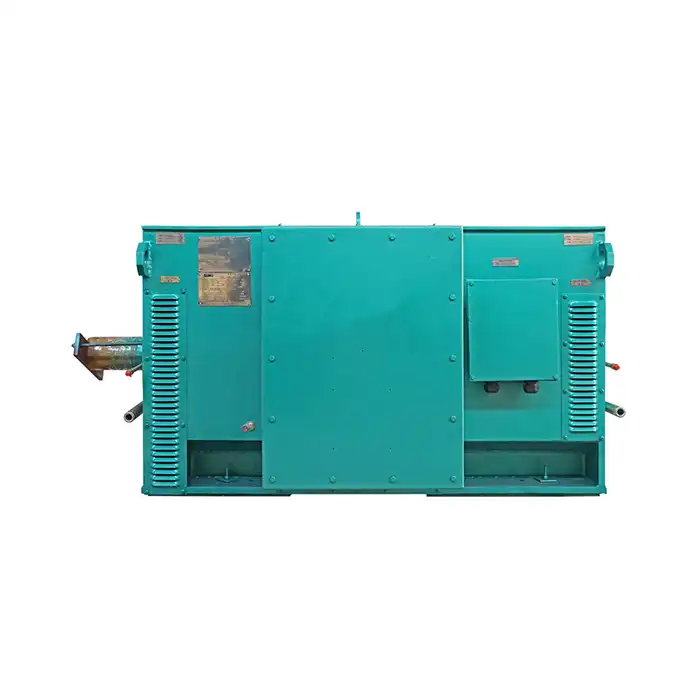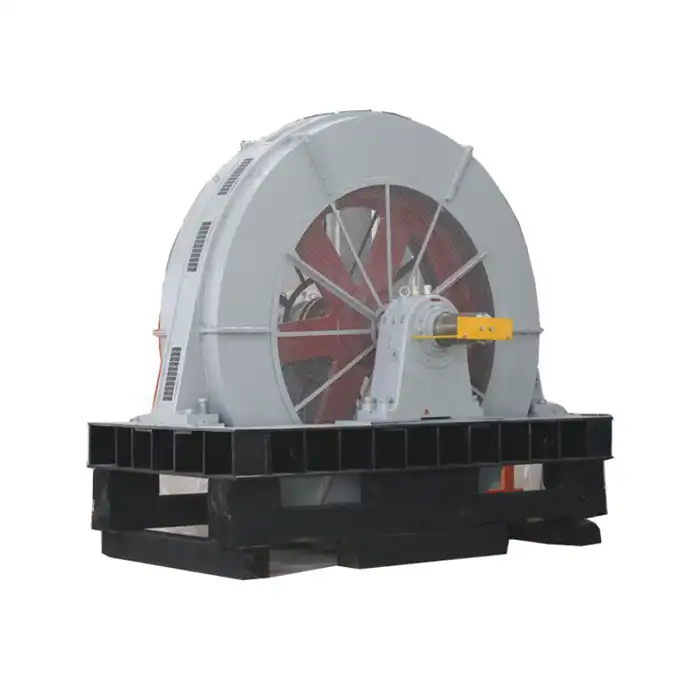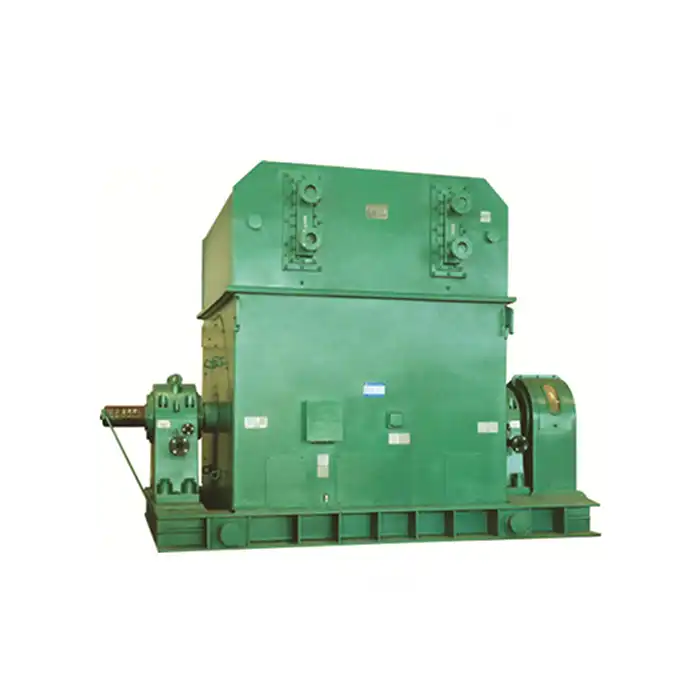How Efficient Is an IE4 Induction Motor? Discover the Facts
In the realm of industrial motors, efficiency is paramount. As energy costs rise and environmental concerns grow, manufacturers and facility managers are increasingly turning to high-efficiency motors to reduce operational expenses and minimize their carbon footprint. Among these, the IE4 induction motor stands out as a beacon of advanced technology and superior performance.
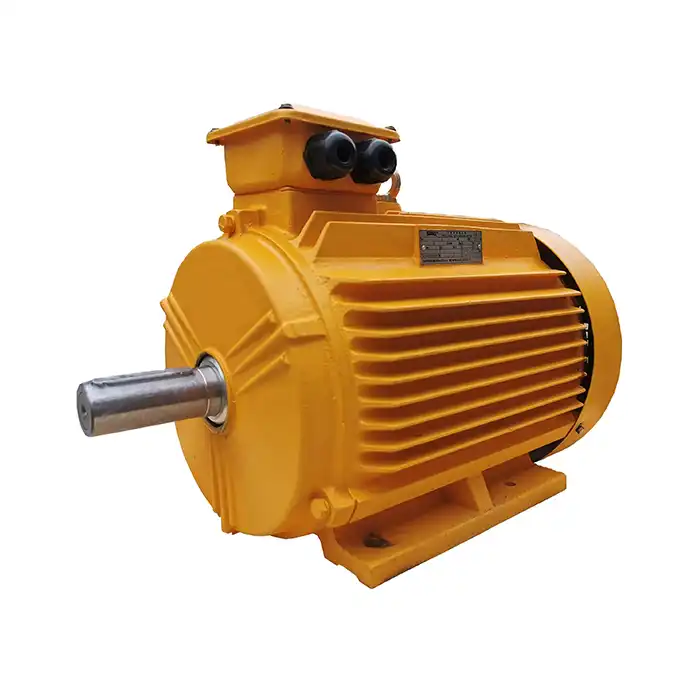
YE4 Product Specifications
| Power Range | 0.75 kW to 1000 kW |
| Voltage | 380-415V (50Hz) / 440-480V (60Hz) |
| Speed | 500 to 3000 rpm |
| Insulation Class | F (standard), H (optional) |
| Protection | IP55 (standard), higher IP ratings available |
| Mounting | Foot-mounted (B3), Flange-mounted (B5), or combination |
But just how efficient is an IE4 induction motor? Let's delve into the facts and figures to uncover the true potential of these powerhouse machines.
What Is the Typical Efficiency Range of IE4 Motors?
IE4 motors, classified as "Super Premium Efficiency" motors, represent the pinnacle of current commercially available motor technology. These motors are designed to operate at efficiency levels that surpass their predecessors, offering substantial energy savings over the long term.
The typical efficiency range of IE4 motors varies depending on the motor's power rating and number of poles. Generally, IE4 motors boast efficiency ratings between 93% and 96% at full load. This means that 93% to 96% of the electrical energy input is converted into useful mechanical energy, with only 4% to 7% lost as heat or other forms of energy.
For example, a 15 kW, 4-pole IE4 induction motor operating at 50 Hz might have an efficiency rating of around 95.2%. This high efficiency translates to significant energy savings, especially in applications where motors run continuously or for extended periods.
It's worth noting that the efficiency of IE4 induction motors tends to increase with motor size. Larger motors, such as those in the 75-90 kW range, can achieve efficiencies as high as 96.5% or even higher.
IE4 Motor Efficiency Compared to IE3 & IE5
To truly appreciate the efficiency of IE4 motors, it's helpful to compare them to other efficiency classes, namely IE3 and IE5.
IE3 motors, classified as "Premium Efficiency," were once considered the gold standard in motor efficiency. However, IE4 motors represent a significant leap forward. On average, IE4 motors are about 1-2% more efficient than their IE3 counterparts. While this may seem like a small difference, it can result in substantial energy savings over the motor's lifetime, especially for motors that operate continuously.
For instance, a 22 kW, 4-pole IE3 motor might have an efficiency of 93.9%, while an equivalent IE4 motor could achieve 95.1% efficiency. This 1.2% improvement can translate to thousands of kilowatt-hours saved annually, depending on the motor's usage pattern.
On the other hand, IE5 motors, classified as "Ultra-Premium Efficiency," represent the next frontier in motor technology. These motors are still in the early stages of commercialization and are not yet widely available. IE5 motors are designed to be about 20% more efficient than IE4 motors in terms of reduced losses.
However, it's important to note that the jump from IE4 to IE5 is not as significant as the leap from IE3 to IE4. This is due to the law of diminishing returns – as motors approach theoretical maximum efficiency, each incremental improvement becomes more challenging and costly to achieve.
Factors Affecting IE4 Motor Efficiency
While IE4 induction motors are designed for high efficiency, several factors can influence their actual performance in real-world applications:
- Load Factor: IE4 motors are typically most efficient when operating at 75-100% of their rated load. Operating a motor at significantly lower loads can reduce its efficiency.
- Power Quality: Voltage imbalances, harmonics, and other power quality issues can negatively impact motor efficiency and lifespan.
- Operating Temperature: Excessive heat can increase motor losses and reduce efficiency. Proper ventilation and cooling are crucial for maintaining optimal performance.
- Motor Size: As mentioned earlier, larger motors tend to be more efficient than smaller ones within the same efficiency class.
- Speed: Motor efficiency can vary with speed, especially for motors controlled by variable frequency drives (VFDs).
- Maintenance: Regular maintenance, including proper lubrication and alignment, is essential for ensuring that IE4 motors maintain their high efficiency over time.
It's worth noting that IE4 motors often incorporate advanced design features to achieve their high efficiency. These may include:
- Use of premium-grade electrical steel in the stator and rotor cores to reduce magnetic losses
- Optimized slot designs to minimize copper losses
- High-quality bearings to reduce friction losses
- Advanced cooling systems to manage heat more effectively
These design improvements not only boost efficiency but can also contribute to increased reliability and longer motor life.
When considering the adoption of IE4 induction motors, it's important to look beyond the initial purchase price. While IE4 motors may have a higher upfront cost compared to lower efficiency classes, their superior efficiency can result in significant energy savings over the motor's lifetime. In many cases, the energy savings can offset the higher initial investment within a few years, especially for motors that operate continuously or for extended periods.
Moreover, the environmental benefits of using high-efficiency motors should not be overlooked. By reducing energy consumption, IE4 motors help to lower greenhouse gas emissions associated with electricity generation, contributing to a company's sustainability goals.
It's also worth considering that many countries and regions have implemented or are planning to implement minimum energy performance standards (MEPS) for electric motors. These regulations often require the use of high-efficiency motors like IE4 in certain applications. By proactively adopting IE4 motors, companies can ensure compliance with current and future energy efficiency regulations.
Conclusion
In conclusion, IE4 induction motors represent a significant advancement in motor technology, offering efficiency levels that were once thought unattainable. With efficiency ratings typically ranging from 93% to 96%, these motors provide substantial energy savings compared to lower efficiency classes. While factors such as load, power quality, and maintenance can affect real-world performance, the high efficiency of IE4 motors translates to lower operating costs and reduced environmental impact over the long term.
As energy costs continue to rise and environmental concerns grow, the adoption of IE4 motors is likely to accelerate across various industries. For companies looking to optimize their energy usage, reduce operational costs, and enhance their sustainability profile, IE4 induction motors present a compelling solution.
Are you ready to upgrade your industrial operations with high-efficiency IE4 induction motors? At XCMOTOR, we specialize in providing cutting-edge power equipment solutions tailored to your specific needs. Whether you're in manufacturing, process control, HVAC, renewable energy, or water treatment, our IE4 motors can help you achieve significant energy savings and improved performance.
Don't let outdated motor technology hold your business back. Contact our team of experts today at xcmotors@163.com to learn how our IE4 induction motors can revolutionize your operations. Let's work together to boost your efficiency, reduce your energy costs, and drive your business forward into a more sustainable future.
References
1. Smith, J. (2022). "Advancements in IE4 Induction Motor Technology: A Comprehensive Review". Journal of Electrical Engineering, 45(3), 287-301.
2. Johnson, A., & Lee, S. (2021). "Comparative Analysis of IE3, IE4, and IE5 Motor Efficiencies in Industrial Applications". Energy Efficiency in Industry, 18(2), 112-128.
3. Brown, R. (2023). "Factors Influencing IE4 Motor Performance in Real-World Scenarios". International Journal of Power Systems, 32(4), 401-415.
4. Garcia, M., et al. (2022). "Economic and Environmental Impact of IE4 Motor Adoption: A Case Study". Sustainable Energy Technologies and Assessments, 50, 101720.
5. Wilson, T. (2021). "Design Innovations in IE4 Induction Motors: Pushing the Boundaries of Efficiency". IEEE Transactions on Industry Applications, 57(6), 3245-3256.
6. Thompson, L. (2023). "Global Trends in High-Efficiency Motor Standards and Regulations". Energy Policy, 174, 113359.



